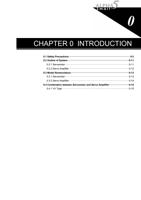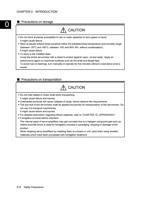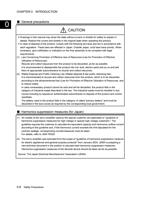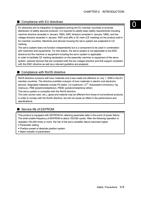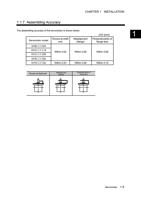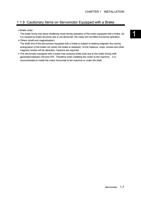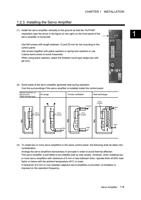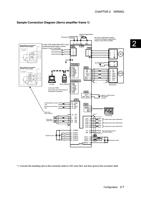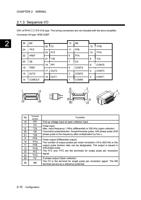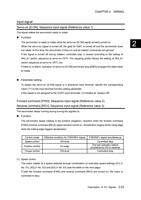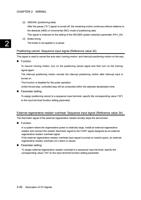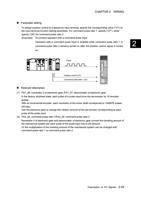
CHAPTER 2 WIRING
Input signal
Servo-on [S-ON]: Sequence input signal (Reference value 1)
The signal makes the servomotor ready to rotate.
Function
The servomotor is ready to rotate while the servo-on [S-ON] signal remains turned on.
When the servo-on signal is turned off, the gate for IGBT is turned off and the servomotor does
2
not rotate. At this time, the servomotor in free-run and all rotation commands are ignored.
If the signal is turned off during rotation, controlled stop is caused according to the setting of
PA2_61 (action sequence at servo-on OFF). The stopping profile follows the setting of PA2_61
(action sequence at servo-on OFF), too.
If there is no alarm, activation of servo-on [S-ON] and forced stop [EMG] arranges the state ready
to rotate.
Parameter setting
To assign the servo-on [S-ON] signal to a sequence input terminal, specify the corresponding
value ("1") to the input terminal function setting parameter.
If this signal is not assigned to the CONT input terminals, it is treated as “always ON”.
Forward command [FWD]: Sequence input signal (Reference value 2)
Reverse command [REV]: Sequence input signal (Reference value 3)
The servomotor keeps running during turning the signals on.
Function
The servomotor keeps rotating in the positive (negative-) direction while the forward command
[FWD] (reverse command [REV]) signal remains turned on. Acceleration begins at the rising edge,
while the trailing edge triggers deceleration.
Control mode
Speed control
Position control
Torque control
Effective condition for FWD/REV signal
ON level
On edge
ON level
FWD/REV signal simultaneous
Controlled stop
The last operation before
simultaneous ON is retained
Controlled stop
(1) Speed control
The motor rotates at a speed selected through combination of multi-step speed settings [X1] (=
No. 51), [X2] (= No. 52) and [X3] (= No. 53) (see the table on the next page).
If both the forward command [FWD] and reverse command [REV] are turned on, the motor is
controlled to stop.
Description of I/O Signals 2-23




















